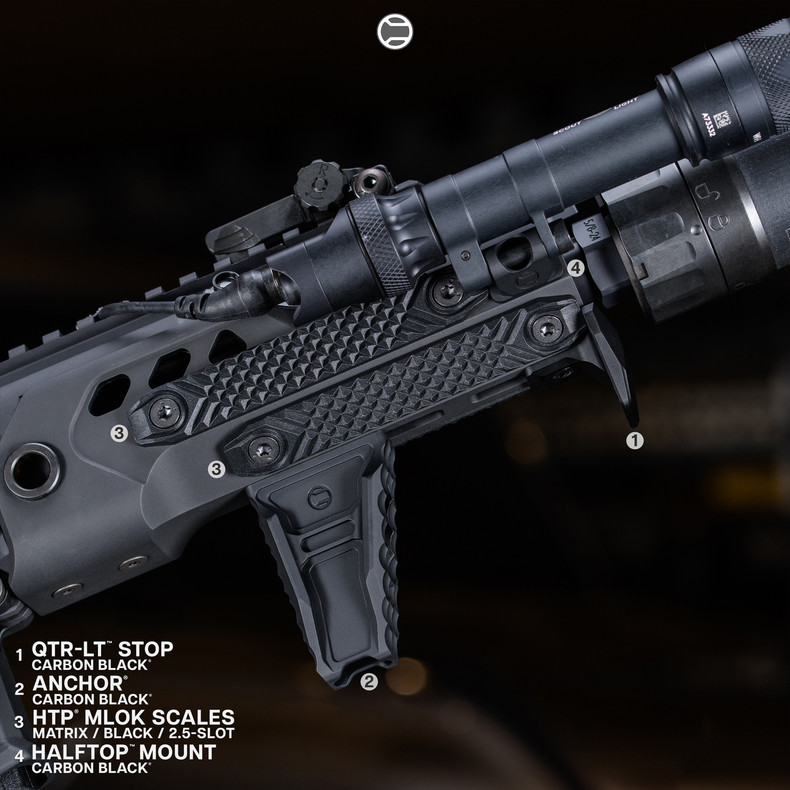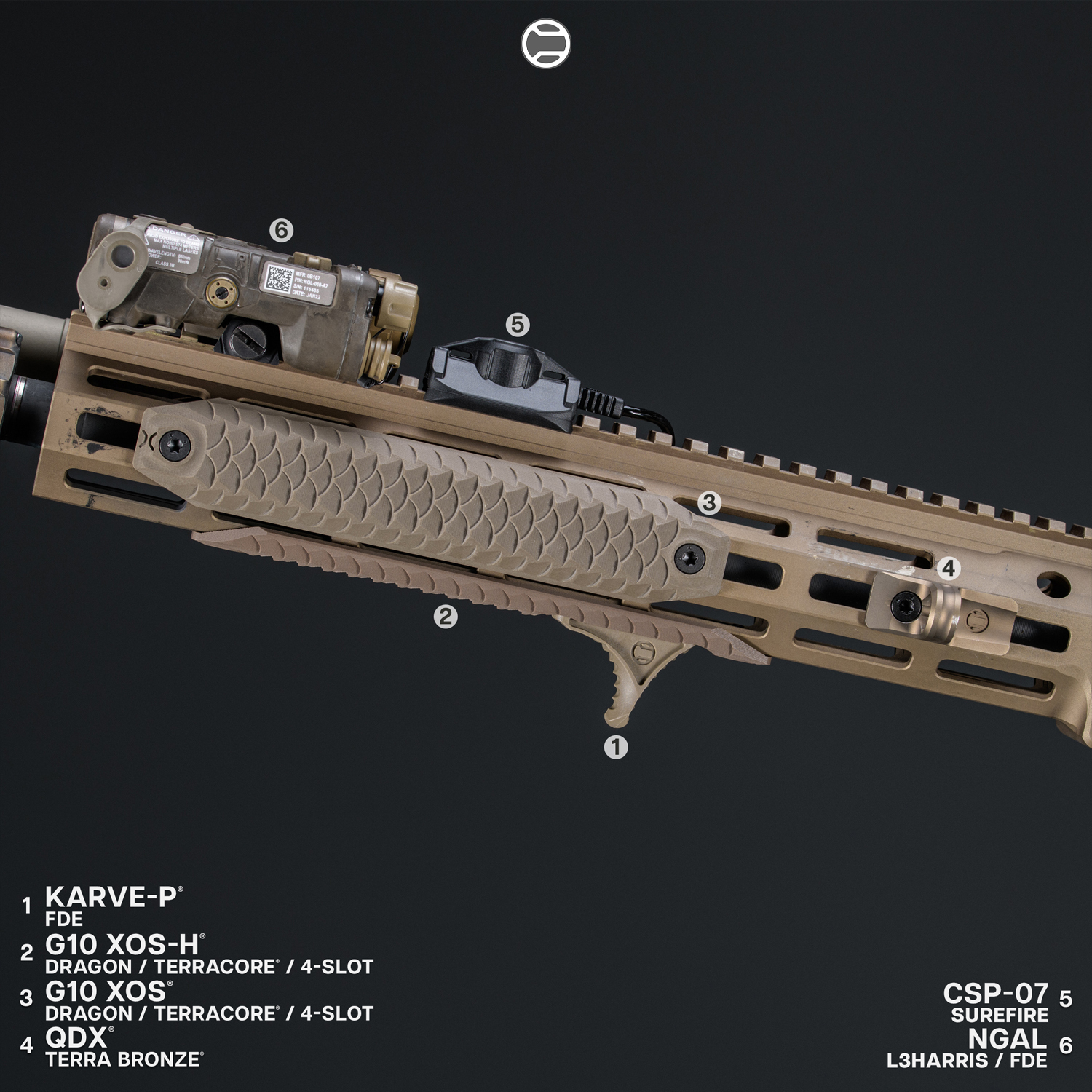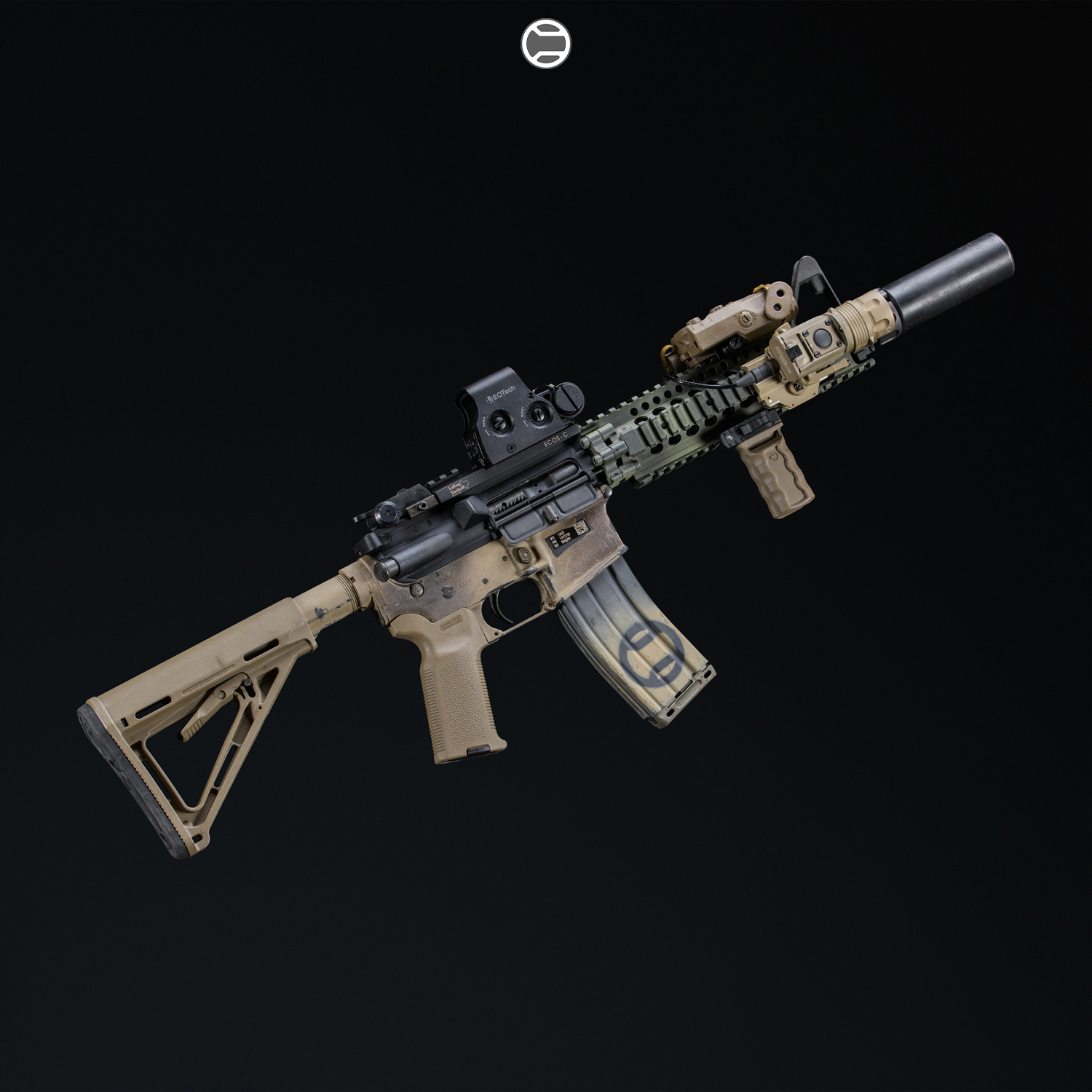
The Evolution of AR Rail Systems
For those of you keeping a close eye on the RailScales blogs, you’ve probably picked up a trend in our blogs: we really like to geek out about all the awesome components and modification options available for the AR 15. This week is no different! Instead of giving you the thrilling history of how the AR 15 came to be, or going over the differences between an AR 15 and an M16, we thought we’d enlighten all of you new AR 15 owners and enthusiasts about one of the most important modification components (we think) the AR has. That’s right, we’re talking handguards and rail systems this week.
Handguards
As you probably imagined, handguards are pretty much exactly what you’d expect from the name; these are modifications or additional components you can add to your AR 15 to provide your hands protection as the barrel heats up from continued firing. As an added bonus, most handguards come with a textured design to make a firm and steady grip just a bit easier. Or, for the combined handguard rail, they offer a place to attach some of the best AR accessories, things like hand stops, scopes, and our namesake product, RailScales. The idea of the rail system on a handguard started in the early 1900s with the Picatinny rail, an adaptation of the earlier Weaver rail mount. This rail system looks pretty reminiscent of railroad tracks, which probably played a major role in how this particular firearm feature got its name. Handguard Rail Evolution Surprisingly, it wasn’t until nearly a century later that the Picatinny got any sort of competition in terms of rail systems for the AR 15.
Introducing Keymod and M-LOK
VLTOR Weapon Systems created a handguard rail alternative that was thinner, lighter, and just as effective - if not more so - than the Picatinny rail. And, because the design was made open-source, it took off quickly as companies began producing custom AR parts that either incorporated or worked with the new KeyMod handguard rail. Shortly after VLTOR’s creation of the KeyMod rail system, Magpul Industries threw their own option into the ring.
Many AR owners appreciated the lightness and customization options afforded by the KeyMod handguard rail, but found that it didn’t work quite well enough with some AR accessories. In answer to this, they developed the M-LOK handguard rail, which provided the same lightness as the KeyMod handguard rail, but comes with long rectangular slots so accessories can be attached with t-slot nuts at the desired distance, rather than relying on the spacing of the key-shaped holes of the KeyMod handguard rail. Today, even more of the best AR accessories designers and manufacturers are getting involved. Companies like Bootleg, Inc. have created hybrid handguard rail systems to allow even more customization options, so you don’t have to choose between that KeyMod hand stop and Picatinny scope.
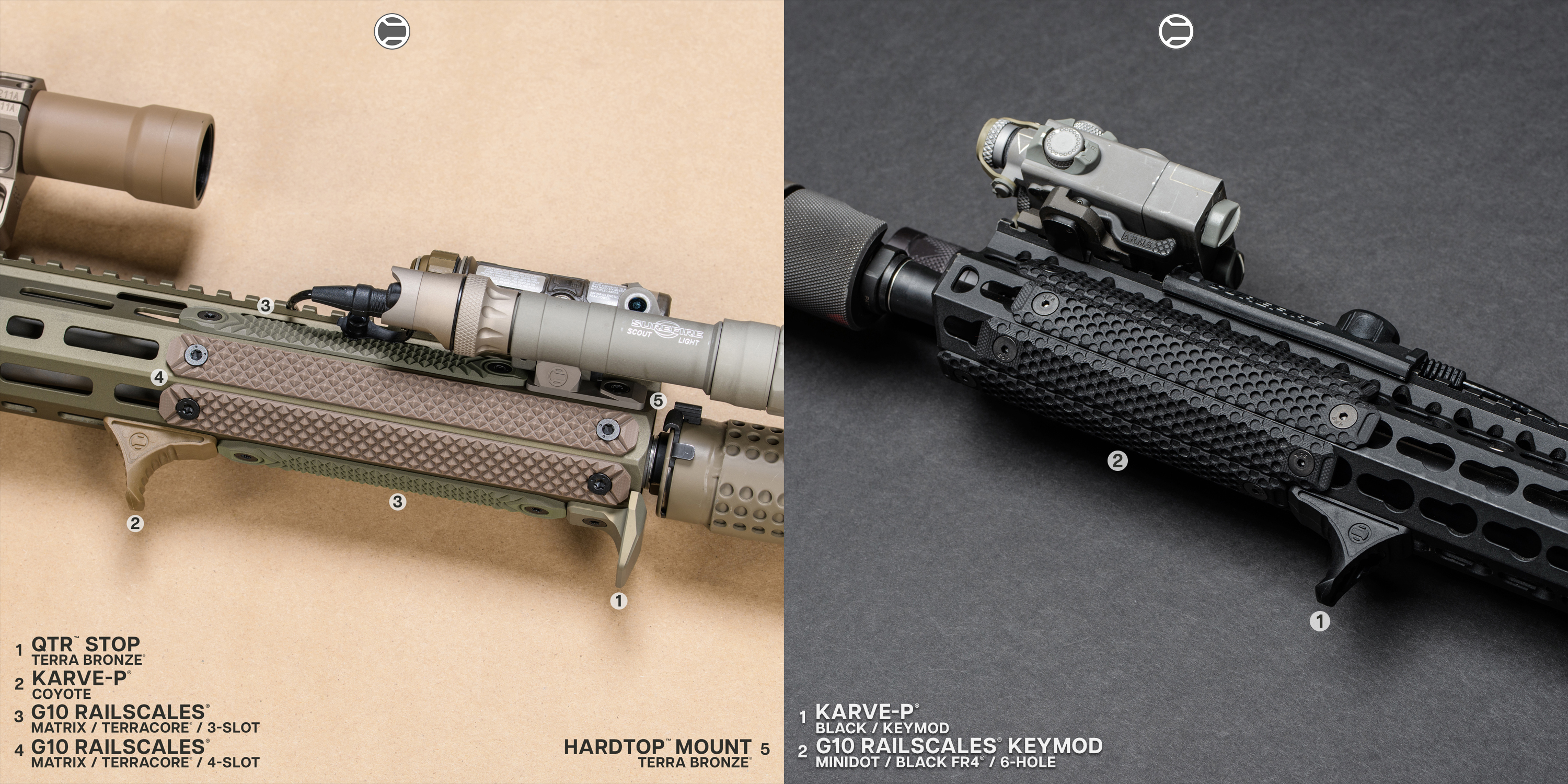
Why RailScales?:
For the most quality AR accessories, shop RailScales online. Our products are specially designed for heat protection and keeping the weight as low as possible; check out our M-LOK and KeyMod hand stop and rail scale options online today!
Related Questions About AR-15 Accessories
What is the best way to choose AR-15 rail attachments?
The best choice comes down to your build’s purpose. Competition shooters often favor lightweight RailScales G10 Panels for heat mitigation and control, while duty users may prefer control accessories like the Karve® Handstop or RSB® Vertical Grip for consistent indexing under stress.
Are lightweight AR builds reliable?
Yes — weight savings usually come from rails, stocks, and grips, not core components. Using durable materials like G10 or 7075-T6 aluminum ensures your AR remains both lightweight and rugged.
Should I run a handstop or vertical grip?
Both options work, but handstops (like the Karve-P™) are better for speed and minimalism, while stubby vertical grips (like the RSB®) provide more leverage for recoil control.
Pro Tips for Evolving Your AR-15 Setup
-
Balance Weight and Control: Avoid overloading your rail with accessories. Use low-profile panels like XOS-H® to gain grip surface without bulk.
-
Match Sling Mounts to Role: A QDX® M-LOK Sling Mount is ideal for modular placement, ensuring your sling doesn’t interfere with lights or grips.
-
Heat Management Matters: Prolonged firing can heat up rails quickly — textured RailScales Panels shield your hands while maintaining control.
-
Think Ahead: Choose accessories that integrate seamlessly with optics, lasers, and lights — saving you from future compatibility issues.
Explore The Evolution of RailScales Accessories
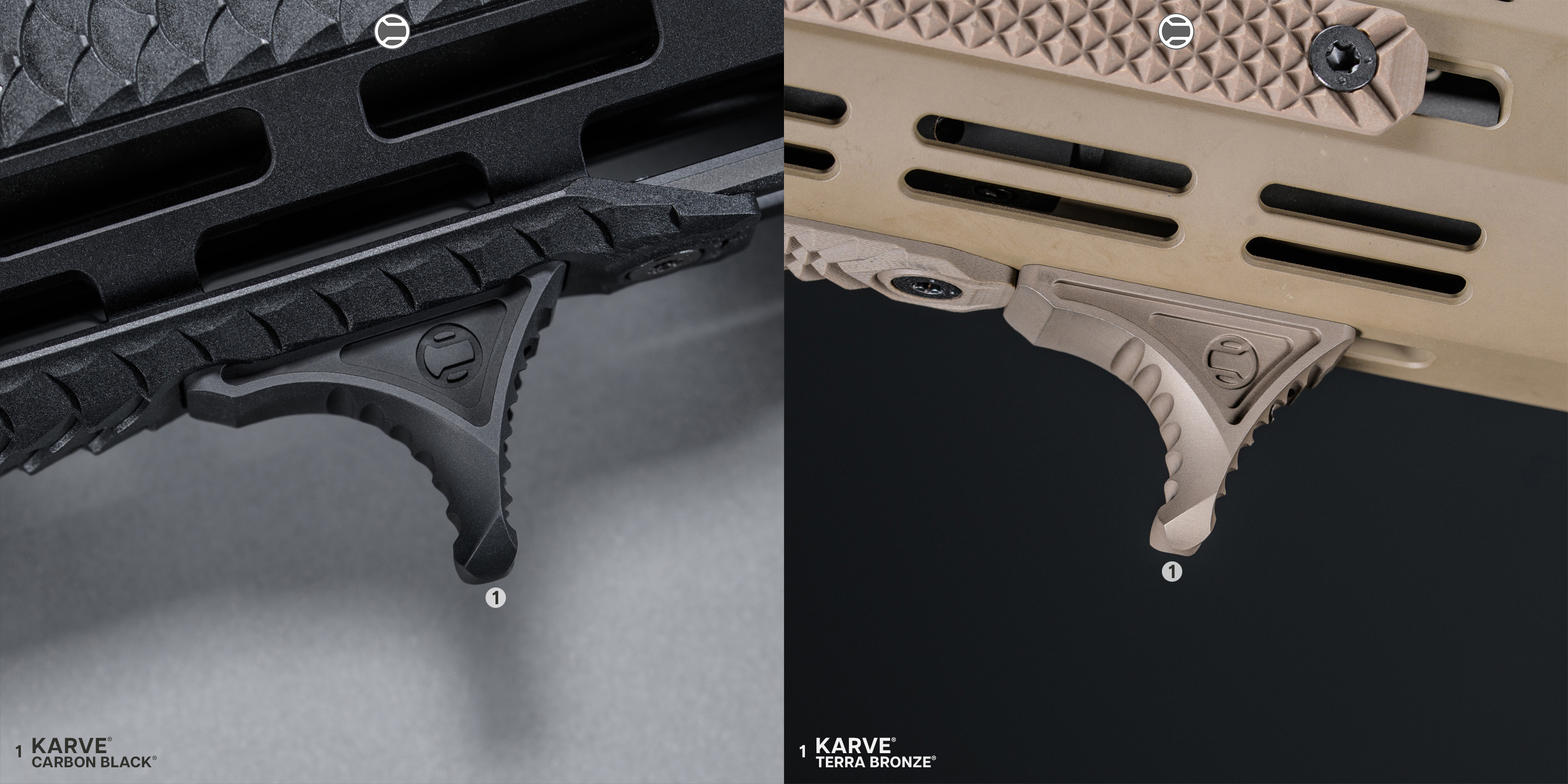
-
Karve® Handstop – Low-profile indexing solution.
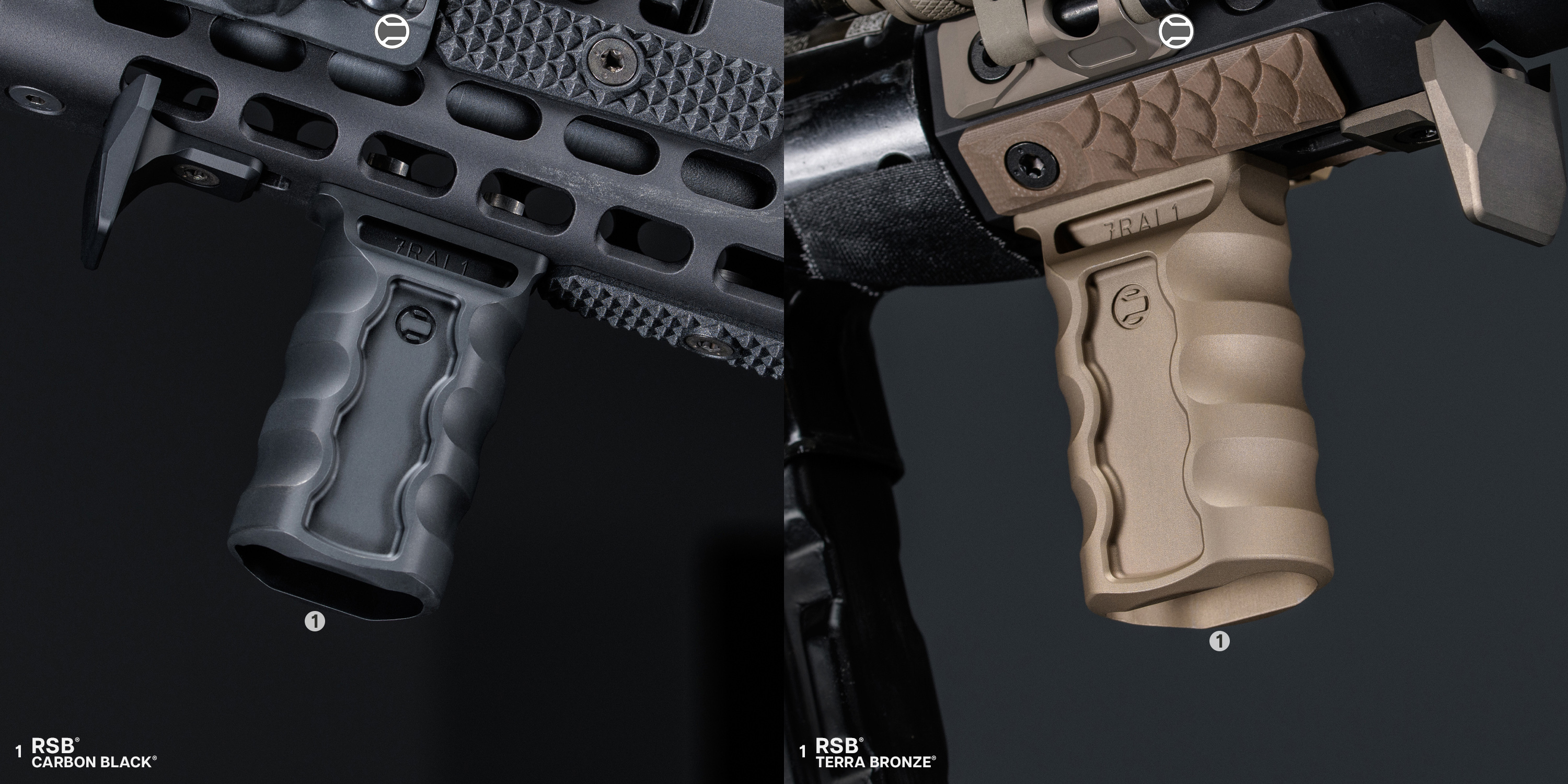
-
RSB® Stubby Vertical Grip – Compact control and recoil management.
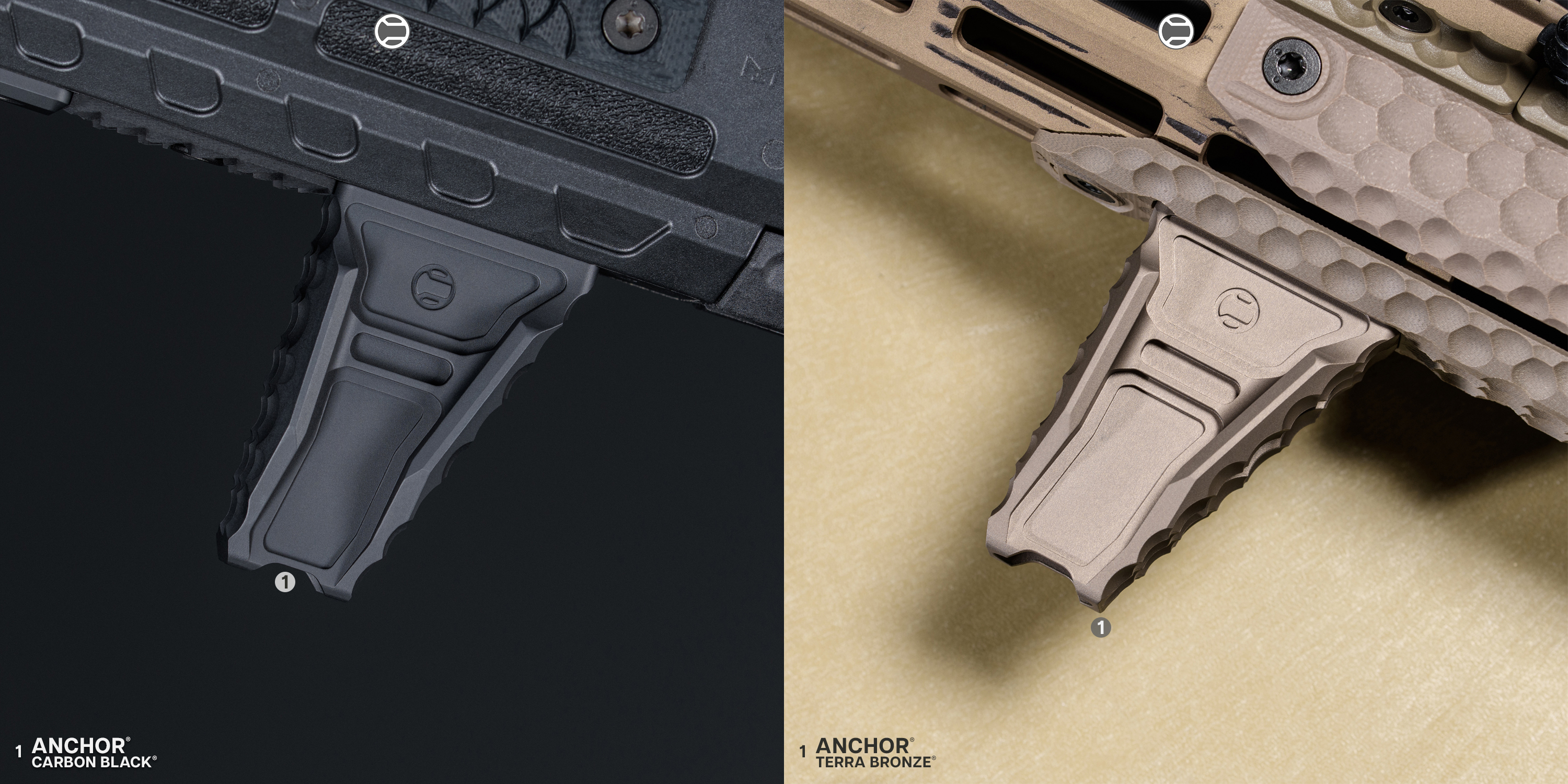
-
Anchor® Foregrip – Dual-angle versatility in one grip.

-
XOS-H® Panels – Heat-resistant, 3-sided coverage.

-
QDX® M-LOK Sling Mount – Next-level sling integration.
Disclaimer:
This blog content was generated by a human and with the aid of artificial intelligence. It may contain errors or inaccuracies and should not be relied upon as a substitute for professional advice. This content is for SEO/entertainment purposes only and the views expressed in this content does not necessarily reflect the views of RailScales LLC. For more information, please refer to bullet point #13 on our FAQ.

